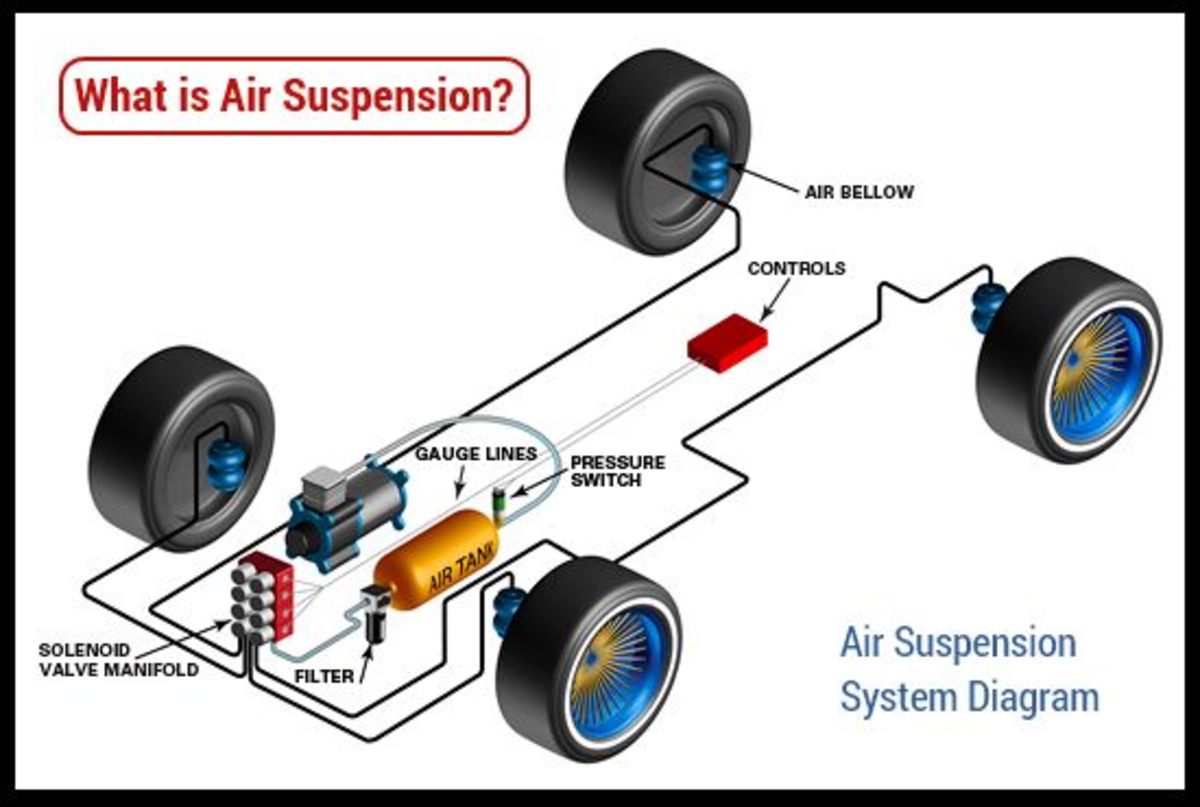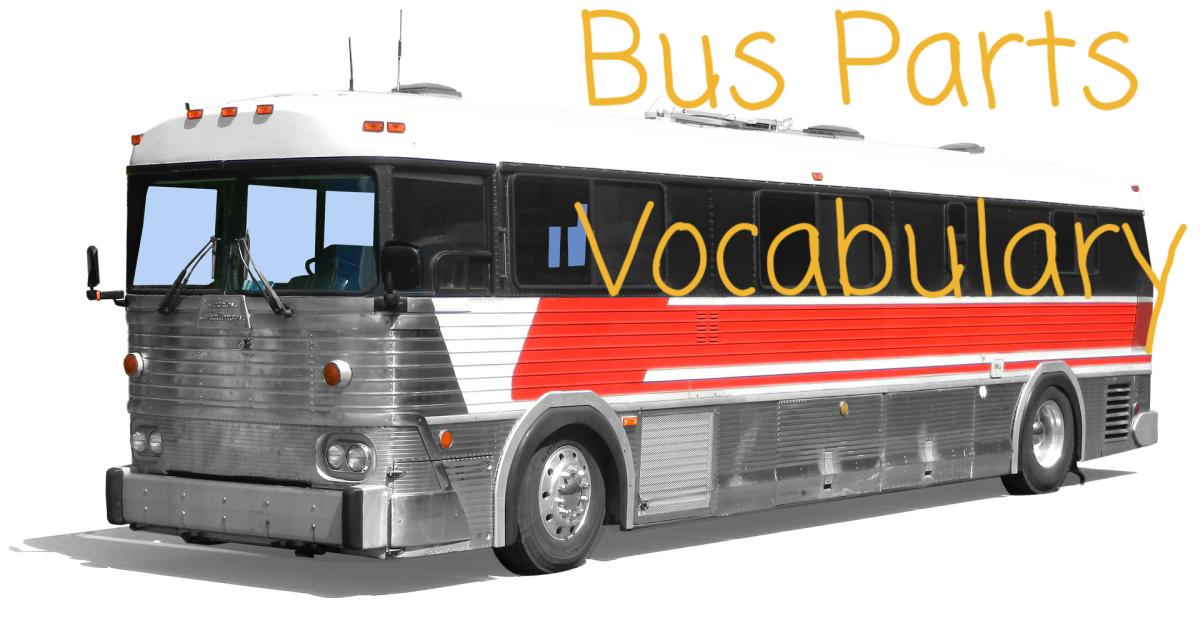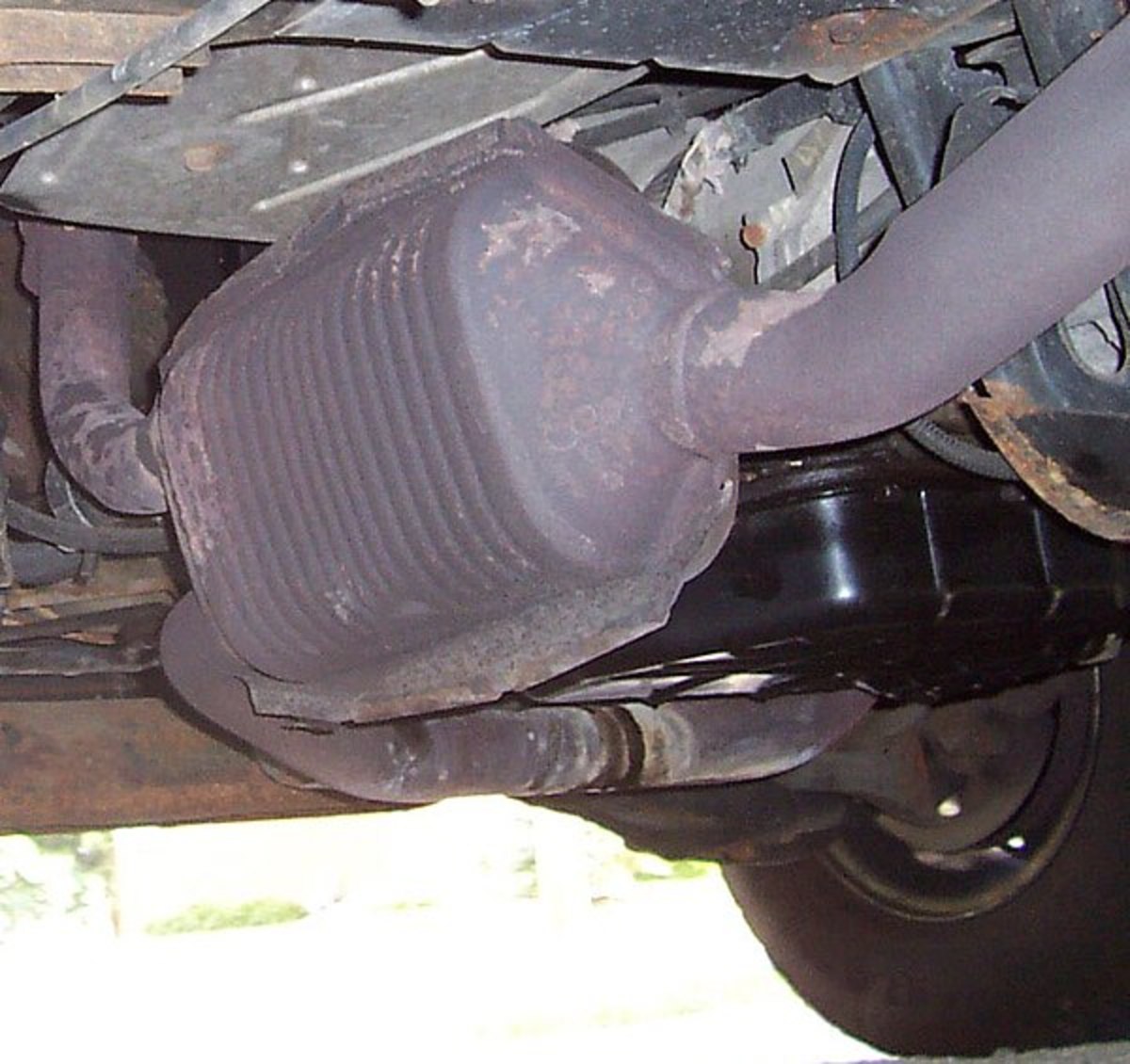Body-Lift or Suspension-Lift?
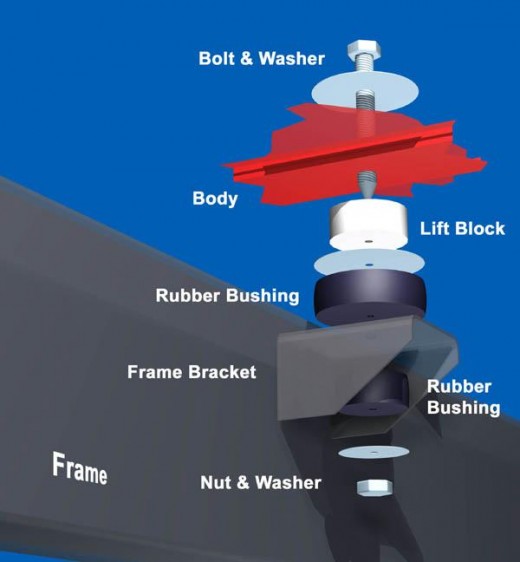
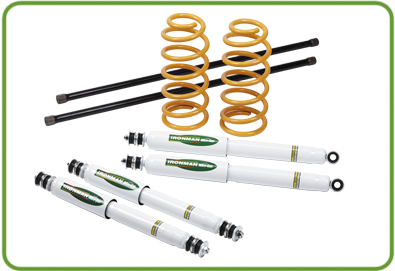
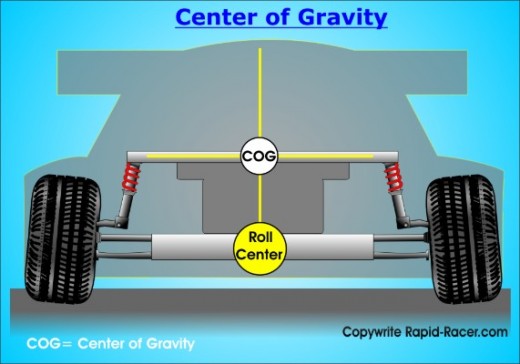
Body-Lift or Suspension-Lift.
It's a classic question lots of 4wders have. Each one in itself has both it's pros and cons. In this article I will attempt to highlight some of these and hopefully help shed some light on the differences and uses of each.
Firstly Suspension-Lifts. These are the most common modification for 4wder's to gain some clearance underneath their vehicles. This is possible in virtually every single 4WD made. This normally requires new larger, heavier rated springs. This is because the springs your car will come with from the factory eventually lose their tension and start to sag, The new springs (assuming they are coil springs) aren't generally much taller, the extra weight they are able to carry results in less sag from the springs underweight, therefore an increased ride height. An increase in clearance will give you the ability to tackle those tougher tracks at your local 4wd park.
This increased ride height causes a large increase in the vehicles centre of gravity. This increase comes from the combined weight of the chassis, body, engine, transmission and essentially the entire vehicle bar the tyres being raised. A taller centre of gravity will cause a more pronounced swaying through corners, less stability in corners translates to a higher likelihood of a roll-over on those steep rock ledges on your favourite four-wheel-drive track if you push it too hard. However a moderate lift such as 2" (50mm) will provide a decent increase in ground clearance while retaining close to factory cornering characteristics. The stronger-rated, (slightly stiffer) springs will also provide an increase in load carrying ability. Choose a good manufacturer and you can actually improve the handling and/in-cab comfort! If the suspension lift is taken too far however, steering geometry may be affected, causing alignment issues and the possible 'death-wobbles' in solid axle trucks. While there are remedies for these they usually push the cost up substantially for the average diyer. In torsion bar suspended 4wds, owners who crank the bars up to gain maximum lift, subsequently lose up-travel and have a harsh and unsafe ride on rough roads and during cornering.
Another option people take is fitting a body lift. These are quite cheap, and a good body lift kit will only set you back a few hundred dollars. A body-lift will gain you an increase in both approach and departure angle however you won't gain any ramp-over angle due to the chassis rails remaining at the same height. A body lift in it's most basic form is simply some poly (Polyurethane) or alloy blocks fitted in between the body mounts and the body (vehicle shell). This has the edge over a similar height suspension lift in that it only lifts a very small amount of the vehicle's total weight as most of the drive-train and the whole chassis remain at the original height. Due to this, the vehicle's centre of gravity is substantially lower than that of a suspension lifted vehicle of the same height. Better hill angles, approach and departure angles and low centre of mass, what's not to love!
There are downsides to body-lifts however. While you can throw some lift blocks under your 4wd, there are some obvious and major implications that may occur. Radiator fan shrouds that move up with the radiator will foul on the fan itself which is still at the old height. Brake lines may be over extended and possibly stretch or break. Steering columns may rub on the firewall. Bumpers and bullbars which are attached to the chassis rails will not be aligned and leave a gap. Fuel-fillers might need to be extended. Gear stalks will dissapear down a few inches in relation to the lift height. While not all these problems may affect your 4wd, it is not as simple and straight-forward as a suspension lift. Another, not so obvious problem may be presented by the actual size of the blocks themselves. If you are lifting the body from the chassis, you are essentially increasing the leverage on the bolt and it's mounting point. A small amount of movement could fatigue the bolt or mounting point. Be sure to use at a minimum Grade 8.8 High-Tensile bolts, and make sure the blocks are at least the same diameter as the original factory body mount otherwise they may actually punch through the body with large forces or heavy off-roading. Other than these points, a body-lift is a very cost effective and beneficial modification.
SUSPENSION LIFTS
PROS
- Relatively easy DIY install
- Different spring rates can allow for more flex or load-carrying ability
- Good springs and suspension kits can sharpen up a vehicles general handling
- Better overall ground clearance
- Better articulation possible
- Larger tyres can be fitted
CONS
- Large lifts can cause steering problems
- More expensive than body-lifts
- Need to match load and flex to suit your vehicle
- May require other components such as shocks and control arms on large lifts
- Increases the centre of gravity making the 4wd more prone to a roll-over
- Must have springs to fit your vehicle
BODY LIFTS
PROS
- Cheap to install
- Moderate DIY challenge
- Simple in design
- Kits can be purchased to suit your specific vehicle
- Good increases in approach and departure angles
- A raised body allows for a raised driveline if needed for protection (eg low-slung transfer cases)
- Allows for fitment of larger tyres
- Only raises a small portion of the vehicle's total weight
- Swaying in corners is not as prominent as in a similar suspension lift
CONS
- Raising the body presents various alignment issues (steering cloumn, radiator shrouds etc.)
- Custom modifications might need to be undertaken, or extra parts bought to account for these issues.
- Bolts must be done up very tight to minimise movement.
- Too small a block can result in it punching through the body and/or damaging the mount.
- No ramp-over angle is benefited.
- Mounting hardware must be of a minimum 8.8 High-Tensile Grade to cope with forces applied.
So in conclusion, it's a bit of a cliché, but it really does depend on what you are aiming to be doing with your 4wd that will help you decide on which to choose. A moderate, 2" suspension lift from a good company will sharpen up the handling a bit from standard and gain you that extra little it of clearance from rocks or allow you to squeeze the next size tyres under your guards. However take care that steering geometry is still within a safe margin and you don't push your luck to much on corners or those hairy angles when rock-crawling. A body lift is a very cheap and cost-effective modification provided it is done right and you have to know-how to deal with the issues the lift creates. Most issues are relatively simple to remedy, such as raising brackets and extending lines, and ensuring you use the properly rated and sized hardware and mount everything tight, there are plenty of benefits to doing one. Some owners even add a small 2" suspension lift with a 2" body lift and get the best of both worlds!
KarllovesMercedes
Body-Lift or Suspension Lift?
So what do you have on your 4WD?
Helpful info on Body-Lifts
- 4Crawler Offroad Products
This is an extremely helpful and explanatory page on all things body lift and gives a very detailed insight into them. They also have a great selection of useful products available. Check it out.
Info on tuning a vehicle's suspension
- Car Suspension Tuning: geometry setting guide
Car Suspension Tuning-learn what setting will affect the cars balance and handling characteristics to improve performance.


